New Urban Garden
Jedi_Knight
10 years ago
Related Stories

GARDENING GUIDESLush, Foodie Abundance in a Small Urban Garden
This modest backyard garden provides its owner with fruit and vegetables all year round, thanks to an innovative low-maintenance approach
Full Story
EDIBLE GARDENS8 Surefire Vegetables and Herbs for Beginning Gardeners
Learn the edible plants that are popular and easy to grow in a backyard or container garden
Full Story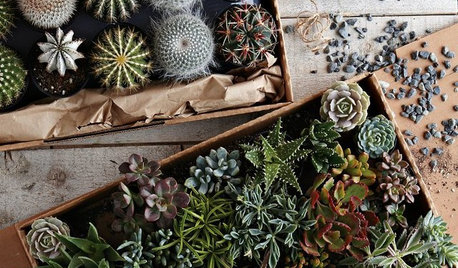
PRODUCT PICKSGuest Picks: An Arsenal for Urban Gardeners
Stake a claim to a spot of green in the urban jungle with these gardening tools, hardy plants, containers and more
Full Story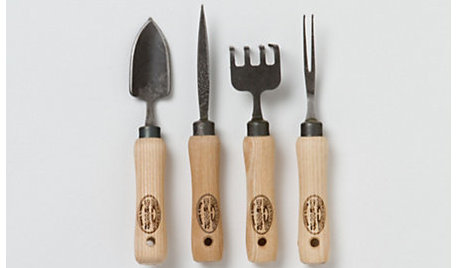
PRODUCT PICKSGuest Picks: 20 Tools for Urban Gardening
Even the smallest of gardens deserves the proper tools. For terrarium pruning to herb snipping, this gear lets you garden in style
Full Story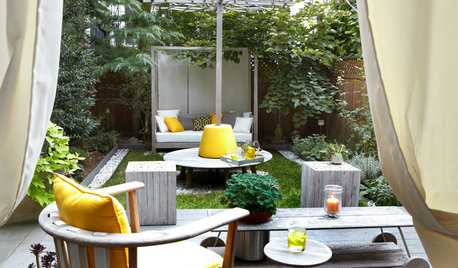
LANDSCAPE DESIGN7 Ways to Create Quiet in Urban Gardens
Keep your garden peaceful with these ideas for planting and material choices
Full Story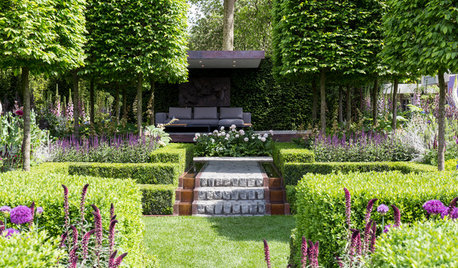
TASTEMAKERSA Sunken Urban Garden With a Contemporary Seating Area
At the RHS 2016 Chelsea Flower Show in London, a silver gilt-winning garden offers an oasis of calm and tranquillity
Full Story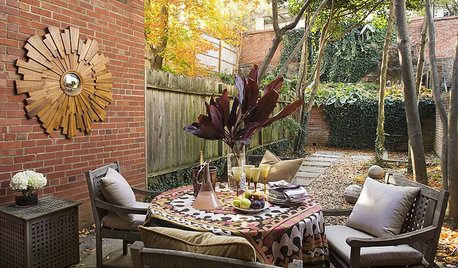
GARDENING AND LANDSCAPING6 Tips From Great Urban Gardens
Here's How to Create Your Own Outdoor Sanctuary in the City
Full Story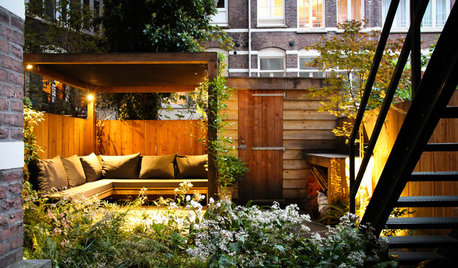
URBAN GARDENSNightfall Brings a Dutch Urban Garden to Life
White blossoms and well-planned lighting allow an Amsterdam couple to relax and entertain in their garden after work
Full Story
URBAN GARDENS9 Urban Gardening Tips From Hong Kong Rooftops
Create a refuge from city chaos with these ideas gathered from rooftops as practical as they are picturesque
Full Story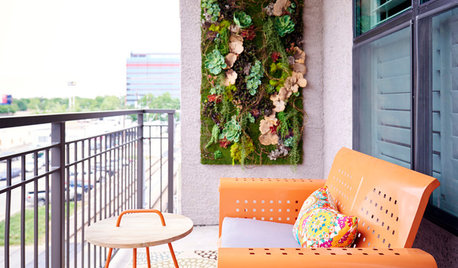
SHOP HOUZZShop Houzz: Urban Garden Essentials
Living walls, low-maintenance plants and space-saving planters just right for city spaces
Full Story0
More Discussions






NHBabs z4b-5a NH
vetivert8
Related Professionals
Leawood Landscape Architects & Landscape Designers · Severn Landscape Architects & Landscape Designers · Waunakee Landscape Architects & Landscape Designers · Brentwood Landscape Contractors · Clark Landscape Contractors · Norwalk Landscape Contractors · San Bruno Landscape Contractors · Webster Groves Landscape Contractors · San Jose Window Contractors · Bellwood Window Contractors · Crestwood Window Contractors · Cutler Ridge Window Contractors · Indian Creek Window Contractors · Lansdowne Window Contractors · Wixom Window Contractors